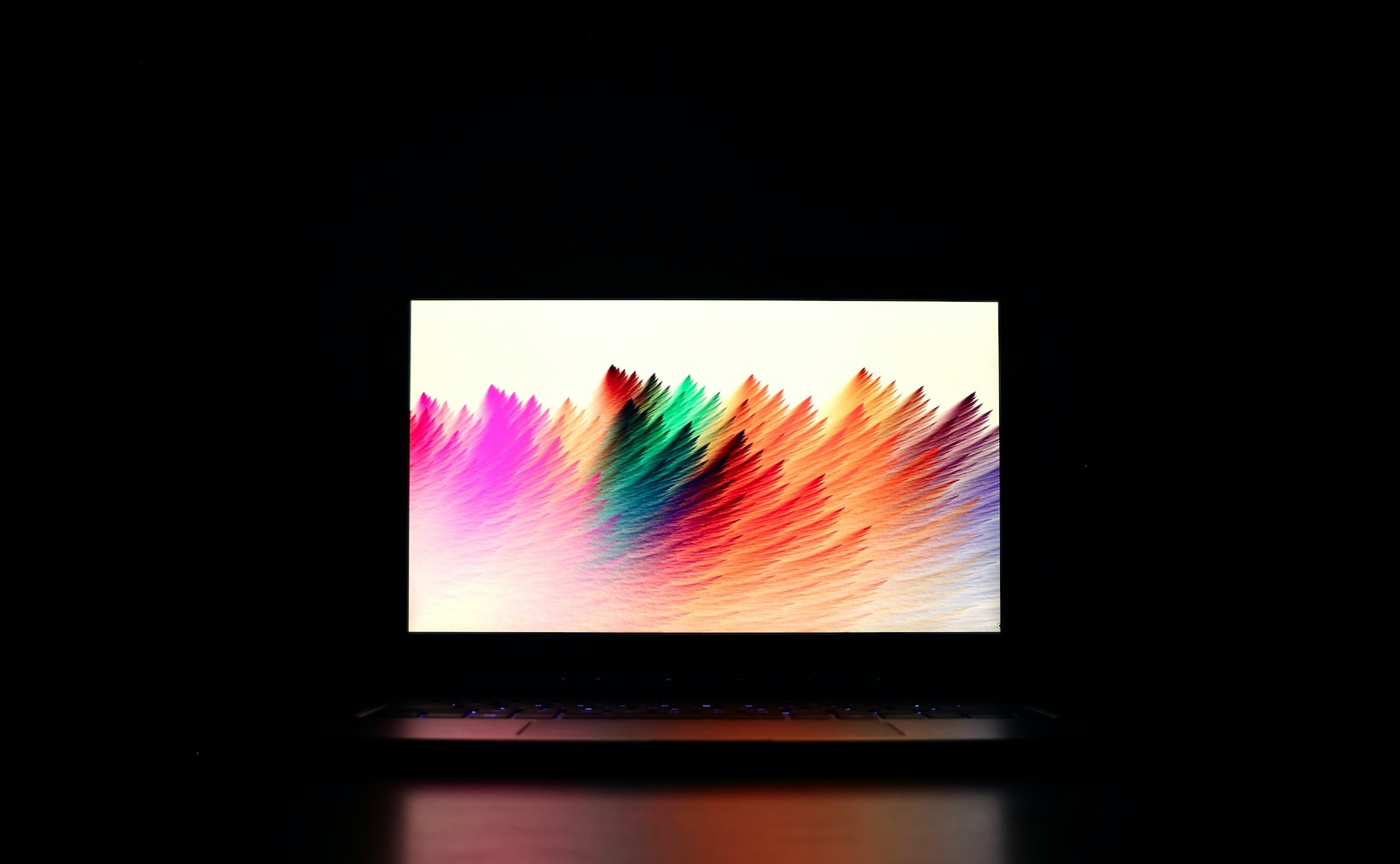In today’s digital age, visual content plays a crucial role in capturing the attention of audiences. When it comes to using images for various projects, two commonly used options are stock photos and royalty-free photos. While both types serve the purpose of enhancing visual content, there are important differences between them.
Stock photos, as the name suggests, refer to images that are readily available for licensing on stock image websites. These photos offer a wide range of options, covering various themes and subjects, such as people, animals, food, and travel destinations. They provide a convenient solution for finding high-quality visuals that can be used for commercial purposes.
Royalty-free photos, on the other hand, are images that come with a one-time fee and offer flexibility in usage rights. With a royalty-free license, users can utilize the same image multiple times without additional charges. This type of photo is ideal for those who need to use images in multiple projects, as it provides a cost-effective solution.
Key Takeaways:
- Stock photos and royalty-free photos both serve to enhance visual content.
- Stock photos offer a wide range of options and can be used for commercial purposes.
- Royalty-free photos require a one-time fee and provide flexibility in usage rights.
- Understanding the differences between these types of photos is essential for effective visual enhancement in projects.
- Consider the specific needs and requirements of each project when choosing between stock photos and royalty-free photos.
What are Stock Photos?
Stock photos are a valuable resource for anyone in need of licensed images for commercial use. These images are available on stock photo websites, where photographers upload their work for others to purchase a license. Stock photos cover a broad range of subjects, including people, animals, food, and travel destinations, providing a wide variety of options for different projects.
One of the key benefits of stock photos is their versatility in commercial use. Users can incorporate these images into various projects without needing specific permission from the photographer. This convenience saves time and effort, allowing professionals to quickly access high-quality visuals that enhance their work.
To illustrate the importance of stock photos, consider an example of a marketing campaign for a new restaurant. The campaign might require high-quality images of delicious food, a welcoming atmosphere, and satisfied customers. Stock photos provide a convenient solution by offering a vast selection of relevant images that can be easily incorporated into the marketing materials.
Table: Advantages of Stock Photos
| Advantages | Description |
|---|---|
| Wide range of options | Stock photos cover various subjects, providing options for different projects. |
| Commercial use | Stock photos can be used in marketing materials, websites, and other commercial projects. |
| High quality | Most stock photo websites offer images in high resolution suitable for professional use. |
What are Royalty-Free Photos?
Royalty-free photos are a popular option for individuals and businesses looking for high-quality images that can be used for various projects. With a royalty-free license, users have the flexibility to use the image multiple times, in different projects and locations, without any additional fees. This type of licensing makes royalty-free photos a cost-effective option for those who need to use images in various projects.
Unlike stock photos, which may require separate royalties for each usage, royalty-free photos require a one-time fee. Once the fee is paid, users can utilize the image without any further financial obligations. This makes it easier to budget for visual content, especially for businesses with limited resources.
Royalty-free photos come in various themes and styles, allowing users to find images that suit their specific needs. Whether it’s for a website, social media campaign, or print materials, there are royalty-free photos available for different industries and purposes. Additionally, users can often modify and customize royalty-free photos to fit their branding guidelines and creative vision.
Overall, royalty-free photos offer convenience, affordability, and flexibility when it comes to image licensing. They provide a wide range of options for users to choose from and can be used in multiple projects without incurring additional costs. With their cost-effective nature and versatility, royalty-free photos are a valuable resource for individuals and businesses seeking high-quality visuals for their projects.
| Pros of Royalty-Free Photos | Cons of Royalty-Free Photos |
|---|---|
|
|
Key Features of Stock Photos
Stock photos offer several key features that make them appealing for different projects. Firstly, they provide a wide range of usage rights, allowing users to use the same image multiple times without any restrictions. This flexibility is particularly beneficial for businesses that require visuals for marketing materials, websites, and other commercial purposes.
Another advantage of stock photos is their high quality. Most stock photo websites offer a vast collection of images in high resolution, suitable for professional use. This ensures that businesses can find visually stunning and impactful images that enhance their projects.
Table: Comparing Key Features of Stock Photos
| Key Features | Description |
|---|---|
| Usage Rights | Multiple usage rights without restrictions |
| Commercial Use | Images can be used for commercial purposes |
| High Quality | Images in high resolution suitable for professional use |
Using stock photos can save businesses time and money compared to hiring a photographer or creating custom visuals. With a wide variety of options available, it is easy to find the right image that aligns with the project’s objectives and target audience.
However, it is essential to be cautious when using stock photos to avoid unintentionally violating image licenses. Additionally, depending solely on stock photos may result in using images that feel inauthentic to the target audience. It is crucial to balance the use of stock photos with original and unique content to create a compelling visual experience.
Overall, stock photos offer a range of features, including flexible usage rights, suitability for commercial use, and high quality. These advantages make them a valuable resource for businesses looking to enhance their visual communications.
Key Features of Royalty-Free Photos
Royalty-free photos have several key features that make them a popular choice for various projects. One of the main advantages is the flexibility of usage rights. With a royalty-free license, users have the freedom to use the same image multiple times, across different projects and platforms, without any limitations. This allows for more seamless integration of visuals into different marketing materials, websites, and campaigns.
Another notable feature of royalty-free photos is that they are non-exclusive. This means that multiple users can license the same content simultaneously. While this may raise concerns about originality, it also provides the opportunity for customization. Users can alter the images to suit their specific needs, making them more unique and tailored to their brand or project.
In addition to their flexibility, royalty-free photos also offer high-quality resolutions. Most royalty-free image libraries provide images in high resolution, ensuring that the visuals are clear, detailed, and suitable for professional use. This allows for a visually appealing final product, whether it’s a print advertisement or a website banner.
| Key Features of Royalty-Free Photos | Description |
|---|---|
| Flexibility of Usage Rights | Users can use the same image multiple times, across different projects and platforms, without limitations. |
| Non-Exclusive | Multiple users can license the same content simultaneously, allowing for customization and unique adaptations. |
| High-Quality Resolutions | Most royalty-free image libraries offer high-resolution images suitable for professional use. |
Overall, royalty-free photos provide users with the flexibility, customization options, and high quality needed to enhance their projects. Whether it’s for commercial or personal use, royalty-free photos are a valuable resource for sourcing visually appealing and impactful images.

Pros and Cons of Stock Photos
Using stock photos has its advantages and disadvantages. On the positive side, stock photos are a cost-effective option, making them affordable for various budgets. Compared to hiring a photographer, purchasing stock photos saves both time and money. They offer versatility as well, as they can be easily edited to fit specific business needs, such as adding text or branding elements.
Stock photo websites provide access to a wide range of high-quality images, making it easy to find the right visuals for projects. Whether you need images of people, nature, or objects, stock photos offer a diverse selection to choose from. This abundance of options ensures that there is something suitable for any project or industry.
However, there are also some drawbacks to using stock photos. One potential disadvantage is the possibility of unintentionally violating image licenses. It is essential to carefully read and understand the usage rights and restrictions associated with each image. Additionally, some stock photos may feel inauthentic to the target audience, as they are not custom-made for a specific brand or project. This lack of uniqueness can potentially impact the overall message and branding of a project.
Pros and Cons of Stock Photos
| Pros | Cons |
|---|---|
| Cost-effective | Possibility of unintentionally violating image licenses |
| Versatile and easily editable | Some stock photos may feel inauthentic to the target audience |
| Wide range of high-quality options |
Despite these cons, stock photos remain a popular choice for many businesses and individuals due to their affordability and convenience. By understanding the pros and cons of using stock photos, you can make an informed decision and effectively enhance your projects with the right visuals.
References:
- https://www.examplewebsite.com/pros-and-cons-of-stock-photos
- https://www.examplewebsite.com/how-to-choose-the-right-stock-photos-for-your-projects
Pros and Cons of Royalty-Free Photos
Royalty-free photos offer several advantages and disadvantages that are important to consider when choosing images for your projects. Let’s take a closer look at the pros and cons of using royalty-free photos.
Pros of Royalty-Free Photos:
- Flexibility: One of the main advantages of royalty-free photos is the flexibility in usage rights. With a one-time fee, you can use the image multiple times in different projects and locations, without any additional costs. This makes royalty-free photos a cost-effective option for those who need to use images in various projects.
- Cost-effective: Compared to hiring a professional photographer or purchasing exclusive rights to an image, royalty-free photos are more affordable. The one-time fee provides access to the image without the need to pay additional royalties.
Cons of Royalty-Free Photos:
- Non-exclusive: When you use a royalty-free photo, other users can also license the same content. This means that the image may be used by multiple individuals or companies simultaneously, potentially reducing its uniqueness or exclusivity.
- Licensing terms: It is important to fully understand the licensing terms associated with royalty-free photos. Some licenses may have specific restrictions or requirements, such as crediting the photographer or limiting the usage to certain mediums or purposes. Failing to comply with these terms can lead to legal issues.
Overall, royalty-free photos provide flexibility and cost-effectiveness, making them a popular choice for many projects. However, it is essential to carefully review the licensing terms and consider the potential lack of exclusivity before selecting royalty-free photos for your creative or commercial endeavors.
| Pros of Royalty-Free Photos | Cons of Royalty-Free Photos |
|---|---|
| Flexibility in usage rights | Non-exclusive |
| Cost-effective option | Licensing terms and restrictions |
Conclusion
Understanding the differences between stock photos and royalty-free photos is crucial for effectively utilizing visuals in various projects. Stock photos offer a wide range of options and can be used for commercial purposes. They provide high-quality images and versatility in usage rights. On the other hand, royalty-free photos provide flexibility in usage rights and come with a one-time fee, making them a cost-effective option for multiple projects.
When choosing between stock photos and royalty-free photos, it is important to consider the specific needs and requirements of each project. Stock photos are suitable for those looking for a diverse selection of high-quality images with a range of usage rights. On the other hand, royalty-free photos are beneficial for those who require flexibility in usage and want to avoid paying royalties.
In conclusion, both stock photos and royalty-free photos have their pros and cons. Ultimately, the choice between the two depends on the project’s budget, desired usage rights, and the specific visual requirements. By understanding the distinctions and evaluating project needs, professionals can make informed decisions and enhance their projects with the right type of photo.
FAQ
What is the difference between stock photos and royalty-free photos?
Stock photos are licensed images that can be used for creative or commercial purposes. They offer a wide range of options and are available on stock photo websites. Royalty-free photos require a one-time fee and provide flexibility in usage rights.
Where can I find stock photos?
Stock photos can be found on stock photo websites, where photographers upload their photos for others to purchase a license.
Do I need the photographer’s permission to use stock photos?
No, stock photos do not require the photographer’s permission for usage. Once you purchase a license, you have the right to use the image.
How can I use stock photos?
Stock photos can be used in a variety of projects, including commercial purposes such as marketing materials and websites.
What are the advantages of royalty-free photos?
Royalty-free photos require a one-time fee and provide flexibility in usage rights. Users can use the image multiple times, in different projects and locations, without any additional fees.
Are royalty-free photos exclusive?
No, royalty-free photos are non-exclusive, meaning that multiple users can license the same content simultaneously.
Can I alter royalty-free photos?
Yes, users can alter royalty-free photos to make them more unique and fit their specific needs.
What are the advantages of using stock photos?
Stock photos save time and money compared to hiring a photographer. They offer versatility and can be easily edited to fit specific business needs.
What are the disadvantages of using stock photos?
There is a possibility of unintentionally violating image licenses and the risk of using images that may feel inauthentic to the target audience.
How can I legally use royalty-free photos?
It is important to fully understand the license terms of royalty-free photos to ensure proper and legal use.
 Skip to main content
Skip to main content


